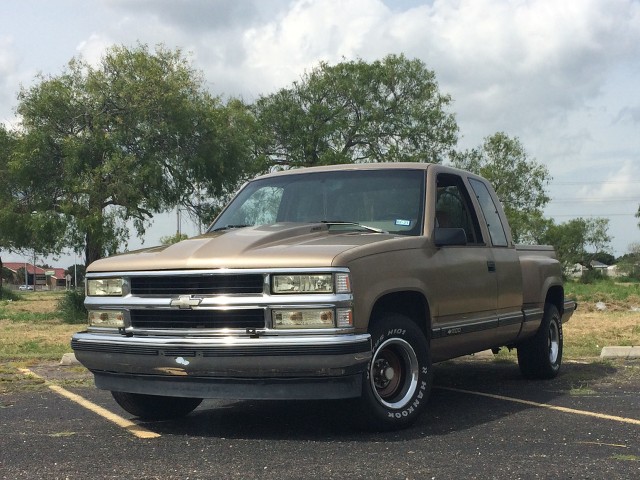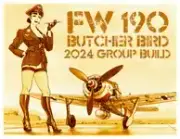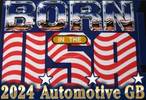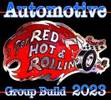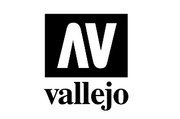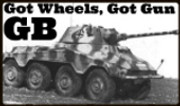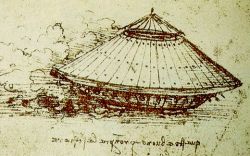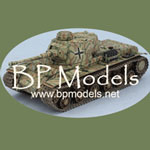Post by 406 Silverado on Feb 11, 2013 19:32:42 GMT -5
I have posted a review of Mike Rinaldi's new book on my website, and will get one up here soon. You can already check it out here..TankArt Review
Here it is at last, A sneak peak to the new TankArt issue #1
I haven’t had the time yet to read through the entire book as I just received this in the mail today, but I can say it is worth every penny. The book came in a sturdy cardboard box and the book its self wrapped in bubble wrap so there was no damage at all to the book.
Flipping through the book I was wow’ed right off the bat. I have seen Mike’s work on the web and in magazines before but the images in the book are first class, all crisp and large.
The beginning is the usual forward and intro as with any other book, and with this book we get to know Mike a little better and how and why he does such fine work. Very nice read Mike.
The first four chapters cover Products and Materials, Weathering Principles, Hairspray Technique and Oil Paint Rendering. I have yet to read all these chapters and just read a few pages here and there to get an idea. The images alone are very motivational and make you want to get to the bench.
What’s covered in these four chapters are the selection of products and materials available today to create weathering effects and also the techniques. The use of orange caption boxes describing the techniques etc in the images are a very nice touch, and helpful.
The next five chapters covers the models used for the book, and these are :
Befehls Panther ausfG
Tiger I initial production
Jagdpanzer 38t Hetxer
SD.Kfz 251/22 Pakwagon
Panzer IV ausf E DAK
The chapters start with some images of the finished model and go from a naked built model through to the finished model. Each step is shown and explained in text with accompanying images. The best part of each chapter is at the end there is a Quick Ref SBS of each step in the painting and weathering process. This may be useful to modelers who are new at many of the techniques and can go by a numbered step by step order.
There are white circles to denote the area that is described in the caption boxes. This helps show where to look to see what is being described.
In all the chapters different products are being used for different or similar techniques so as to show that you can achieve similar results with different products. This is a good thing because a lot of new modelers think you have to use one product for one technique or effect. A good example is the use of oils and enamels, and this is clear to see in the models in this book.
Last chapter in the book is on figures done by Marijin Van Gils. Besides images of finished figures there are several step by steps on painting faces and uniforms/clothing.
The following are just a few samples of what you’ll see in the book. I could post more images but I don’t want to spoil it for you,lol. Ok I have some reading to do now, and then go paint some models.












Here it is at last, A sneak peak to the new TankArt issue #1
I haven’t had the time yet to read through the entire book as I just received this in the mail today, but I can say it is worth every penny. The book came in a sturdy cardboard box and the book its self wrapped in bubble wrap so there was no damage at all to the book.
Flipping through the book I was wow’ed right off the bat. I have seen Mike’s work on the web and in magazines before but the images in the book are first class, all crisp and large.
The beginning is the usual forward and intro as with any other book, and with this book we get to know Mike a little better and how and why he does such fine work. Very nice read Mike.
The first four chapters cover Products and Materials, Weathering Principles, Hairspray Technique and Oil Paint Rendering. I have yet to read all these chapters and just read a few pages here and there to get an idea. The images alone are very motivational and make you want to get to the bench.
What’s covered in these four chapters are the selection of products and materials available today to create weathering effects and also the techniques. The use of orange caption boxes describing the techniques etc in the images are a very nice touch, and helpful.
The next five chapters covers the models used for the book, and these are :
Befehls Panther ausfG
Tiger I initial production
Jagdpanzer 38t Hetxer
SD.Kfz 251/22 Pakwagon
Panzer IV ausf E DAK
The chapters start with some images of the finished model and go from a naked built model through to the finished model. Each step is shown and explained in text with accompanying images. The best part of each chapter is at the end there is a Quick Ref SBS of each step in the painting and weathering process. This may be useful to modelers who are new at many of the techniques and can go by a numbered step by step order.
There are white circles to denote the area that is described in the caption boxes. This helps show where to look to see what is being described.
In all the chapters different products are being used for different or similar techniques so as to show that you can achieve similar results with different products. This is a good thing because a lot of new modelers think you have to use one product for one technique or effect. A good example is the use of oils and enamels, and this is clear to see in the models in this book.
Last chapter in the book is on figures done by Marijin Van Gils. Besides images of finished figures there are several step by steps on painting faces and uniforms/clothing.
The following are just a few samples of what you’ll see in the book. I could post more images but I don’t want to spoil it for you,lol. Ok I have some reading to do now, and then go paint some models.



















